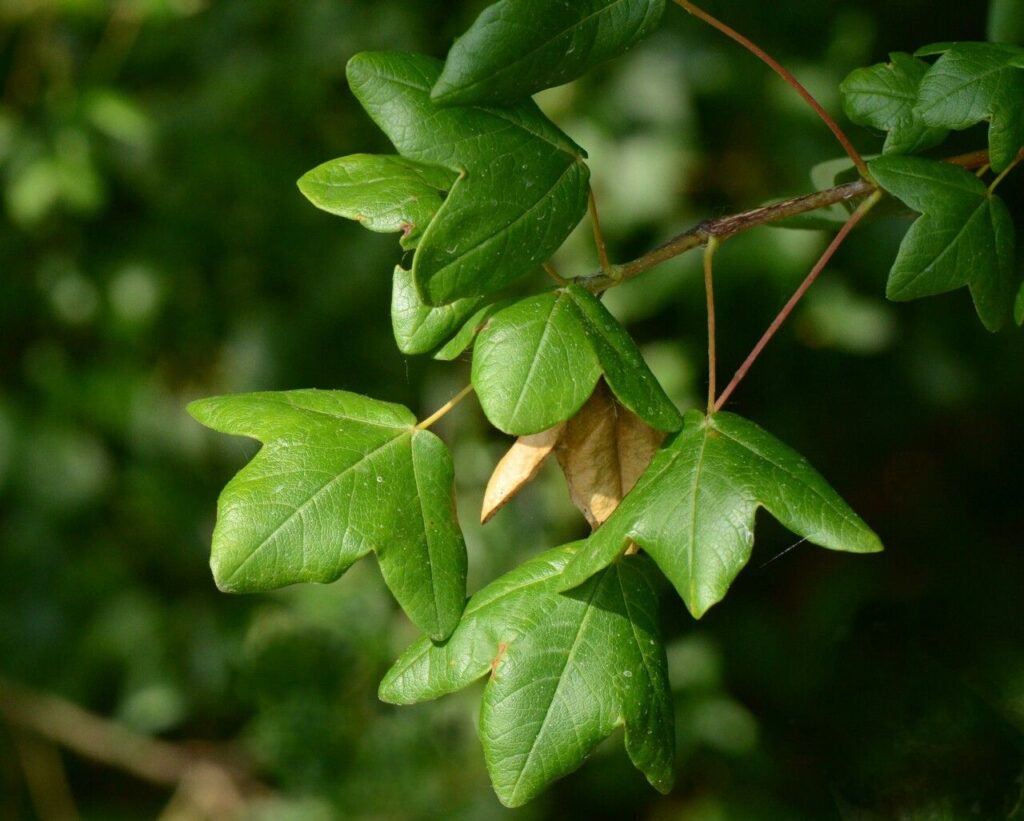Propagating the Montpellier Maple (Acer monspessulanum): A Gardener’s Guide
Introduction:
Acer monspessulanum, commonly known as the Montpellier maple, is a small, drought-tolerant deciduous tree prized for its attractive, deeply lobed leaves and striking autumn color. Its resilience and adaptability make it a popular choice for gardens, particularly in warmer, drier climates where other maples struggle. While relatively easy to cultivate from established plants, propagating Acer monspessulanum from seed or cuttings presents unique challenges. The potential rewards, however, include the satisfaction of nurturing a tree from its earliest stages and the opportunity to increase genetic diversity within your garden.
Seed Germination:
Seed germination is a viable, though challenging, method for propagating Acer monspessulanum. The primary hurdle is overcoming seed dormancy. Montpellier maple seeds require a period of cold stratification before germination. This mimics the natural winter conditions the seeds would experience.
Challenges: Low germination rates are common even with stratification. Improper stratification can lead to fungal growth and seed rot.
Practical Tips: Collect seeds in autumn when they are mature and fully developed (they will have a brownish color). Clean the seeds and sow them immediately. Stratify the seeds by mixing them with moist peat moss or vermiculite and placing them in a sealed container in the refrigerator at 4°C (39°F) for 3-4 months. After stratification, sow the seeds in well-draining seed-starting mix, keeping the soil consistently moist but not waterlogged. Germination typically occurs in spring.
Rewards: Successfully germinating seeds provides access to a wide range of genetic diversity, offering potential for unique characteristics in the resulting trees. This method is also potentially cost-effective for large-scale propagation.
Cuttings:
Cuttings propagation for Acer monspessulanum is generally less successful than seed germination.
Challenges: Montpellier maples are notoriously difficult to root from cuttings. The success rate is low, even with the use of rooting hormones and specialized techniques.
Practical Tips: Semi-hardwood cuttings taken in late summer or early autumn are sometimes attempted, but the percentage of cuttings that successfully root is usually quite small. Treatment with rooting hormone and the use of a humidity dome or propagation chamber can improve, but not guarantee, success.
Rewards: While difficult, successful propagation from cuttings allows for the replication of desirable traits from a specific parent plant.
Division:
Division is not a practical method for propagating Acer monspessulanum. This tree develops a deep, extensive root system that makes division extremely difficult and highly damaging to the plant.
Tissue Culture:
Tissue culture is a viable, though specialized and technically demanding, method of propagating Acer monspessulanum.
Challenges: Tissue culture requires a sterile environment, specialized equipment, and expertise in plant tissue culture techniques. The process is expensive and time-consuming.
Practical Tips: This method is best suited for professional nurseries or laboratories with the necessary resources and experience.
Rewards: Tissue culture allows for the rapid and large-scale propagation, ensuring uniformity and eliminating the risk of disease transmission found in other propagation methods.
Conclusion:
Propagating the Montpellier maple presents unique challenges regardless of the chosen method. Seed germination, while viable, offers a lower success rate unless meticulous stratification techniques are employed. Cuttings are notoriously difficult, requiring considerable patience and skill. Division is not recommended, and tissue culture, while effective, requires significant resources and expertise.
Despite these difficulties, the rewards of successfully cultivating a Montpellier maple from seed, cutting, or via tissue culture are substantial. The process is deeply satisfying, offering a unique connection to the natural world and a sense of accomplishment born from overcoming botanical hurdles. To aspiring propagators, we advise patience, persistence, and thorough research. Remember that even experienced propagators experience setbacks; learn from those experiences and celebrate the triumphs along the way. The resilience of Acer monspessulanum, mirrored in its propagation, should serve as inspiration in your gardening journey.
